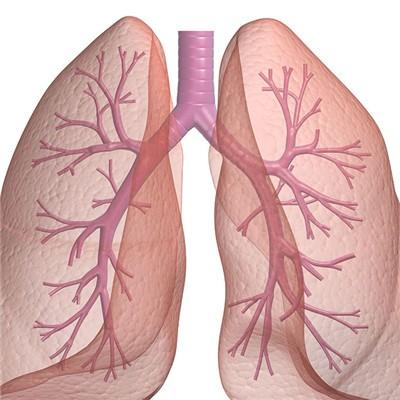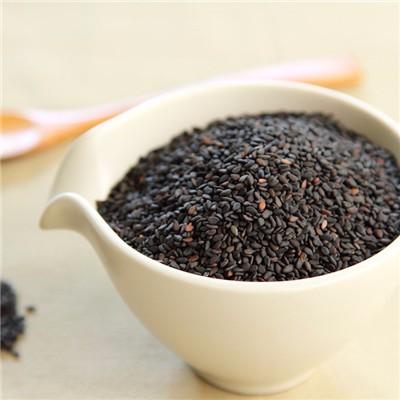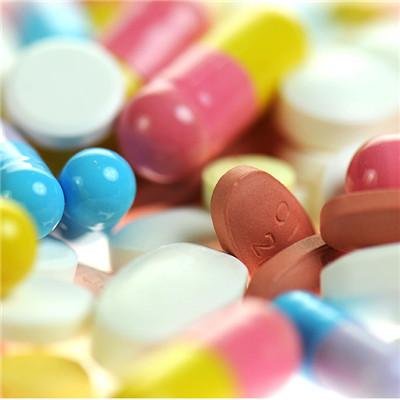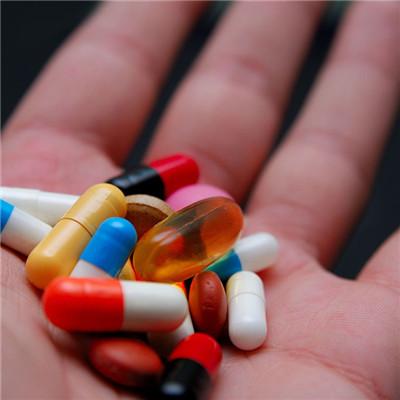Symptoms of diabetic ketosis?
summary
Diabetic patients often have acute complications, including diabetic ketoacidosis, hyperosmolar nonketotic diabetic coma and diabetic lactic acidosis. The three can occur alone, or more than two can occur successively or simultaneously. Let's share my experience with you.
Symptoms of diabetic ketosis?
During the DKA compensatory period, the symptoms of diabetes and gastrointestinal tract were aggravated, such as polyuria, thirst, fatigue and weight loss; With the progression of DKA, there were loss of appetite, nausea, vomiting and even inability to eat.

Acidosis and ketone odor, also known as Kussmaul respiration, are caused by acidosis. When the blood pH is less than 7.2, they may appear to facilitate acid excretion; When the blood pH is less than 7.0, the respiratory center will be inhibited and respiratory paralysis will occur. In severe DKA, some patients may have ketone odor similar to rotten apple odor.

Dehydration and / or shock are common symptoms and signs in patients with moderate to severe DKA. Hyperglycemia leads to a large amount of osmotic diuresis. When acidosis occurs, a large amount of Na in extracellular fluid is discharged, which aggravates dehydration. When the amount of dehydrated water reaches 5% of body weight, the patient may have signs of dehydration, such as dry skin, lack of elasticity, eye and cheek depression, low intraocular pressure, dry and red tongue. If the amount of dehydrated water exceeds 15% of body weight, circulatory failure may occur. Symptoms include increased heart rate, weak pulse, decreased blood pressure and body temperature, etc. in severe cases, life-threatening.

matters needing attention
Poor appetite, should provide patients with easy to digest monosaccharide, disaccharide food, such as juice, add candy sauce, honey and other liquid food. The total amount of sugar supplied per day should be determined according to the amount of insulin used and the specific situation of patients, generally less than 200 grams.

















